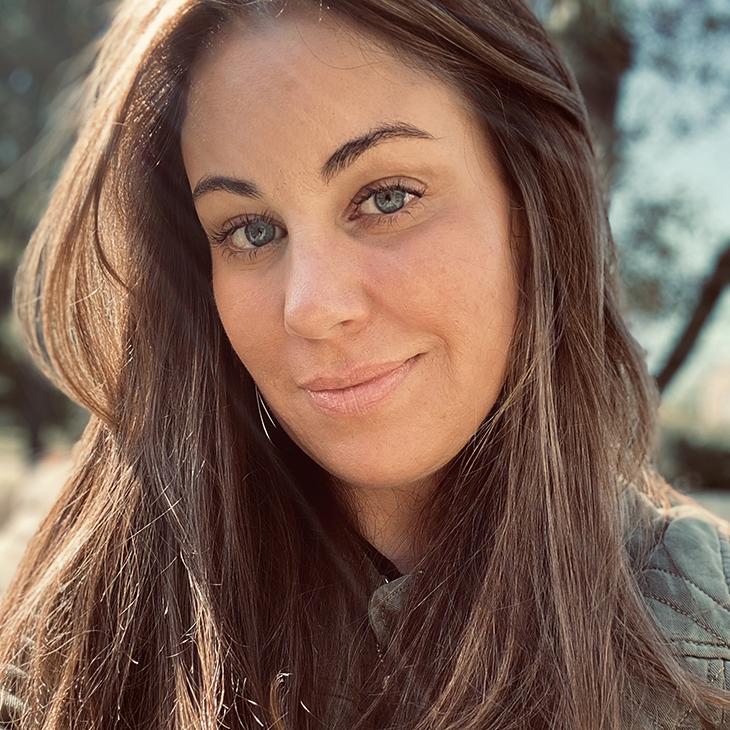
CIHRP executive director featured in PBS documentary on diabetes
Monday, April 13, 2020
Valarie Blue Bird Jernigan has seen first-hand how devastating diabetes has become to the those living in U.S. and Oklahoma, and especially those in American Indian communities.
“I grew up with family members, including my own father who is diabetic, and I’ve just seen it completely take over a community,” she said.
Jernigan, who has a doctorate in public health, is executive director of the Center for Indigenous Health Research and Policy (CIHRP) at the OSU Center for Rural Health. She became interested in studying diabetes because it was a primary concern being expressed by American Indian communities when she started working in public health more than 15 years ago.
“There were so many people in wheelchairs, needing dialysis and things like that, it became clear that this was everywhere you looked in the Indian Health Service and all around the communities,” she said, so she started looking at diabetes as a systems and environmental problem. “I began looking at the foods we had been eating, the socioeconomic issues of poverty and education. That was interesting to me and I became aware of the relationship between diabetes and our food systems.”
Jernigan and her research are featured in the documentary “Blood Sugar Rising: America’s Hidden Diabetes Epidemic” airing Wednesday, April 15, at 8 p.m. on PBS.
The documentary puts human faces to the startling statics surrounding diabetes and pre-diabetes in the U.S., which affects more than 100 million people and costs more than $325 billion each year.
According to the American Diabetes Association, almost half a million people, or 14.3 percent of the adult population in Oklahoma have diabetes, and that nearly 40 percent of the adult population have prediabetes.
“We’re a relatively poor state, we are a rural state, we’re at the bottom of the list in terms of education funding and education outcomes. We have a high number of people uninsured. Our health care systems are underfunded, and we lack providers. We have a lot of people with chronic diseases and unhealthy behaviors like smoking, high-fat high-calorie diets, food insecurity. All those risk factors lead to poor health. And we have them all,” Jernigan said.
And for minority populations like American Indians, those risk factors are even more concentrated.
“In the case of Native people, there is a historical context that also plays a major role in the development of type 2 diabetes— the disruption of traditional food systems. With the removal and restriction to reservations where the territories were unfamiliar and often not suitable farmland, Native populations became dependent upon government subsidies to avoid starvation and that continued for generations,” she said.
Science has shown individuals develop taste preferences as very young children, Jernigan said, and there’s even new data suggesting that it can develop in utero.
“When you are only ever exposed to high fat high sodium poor quality diets, which is what occurred in reservations, you have generations of people who only have access to those types of foods, and now they also prefer those foods,” she said, and even those foods become interwoven in the culture like fry bread. “That food is not a traditional Native food, though it’s attributed as one. It’s a food that Native people made with lard and flour, the food subsidies they had, and it was filling.”
The documentary also explores the history and science of the disease, and what’s being done to manage the prevent the disease.
Jernigan and her team at CIHRP have five studies currently underway funded by the National Institutes of Health that promote healthy eating and active living. The studies are community-based and are conducted in full partnership with tribal leadership and health planners.
“Some of our most recent work includes the THRIVE study – convenience store ‘makeovers’ in the Chickasaw and Choctaw Nations, where we improved the nutritional quality of tribally-owned convenience stores and increased purchasing of healthy foods among Native people,” she said. “Our farm-to-school study in Osage Nation, FRESH, added healthy food choices on the school menus of early childcare centers at Osage Nation and increased healthy eating among children.”
Jernigan said she hopes the documentary will not only help get more general information about diabetes out in the public, but also bring the issue of Native communities fighting this disease to the forefront.
“Little or no Native history is taught in schools. Native people are a huge part of our state and nation, yet many people know very little about the history or the contemporary lives of Native people,” she said. “I hope that people widen their understanding of the indigenous experience in this country and maybe this documentary will foster curiosity in people to learn more.”
MEDIA CONTACT: Sara Plummer | Communications Coordinator | 918-561-1282 | sara.plummer@okstate.edu
